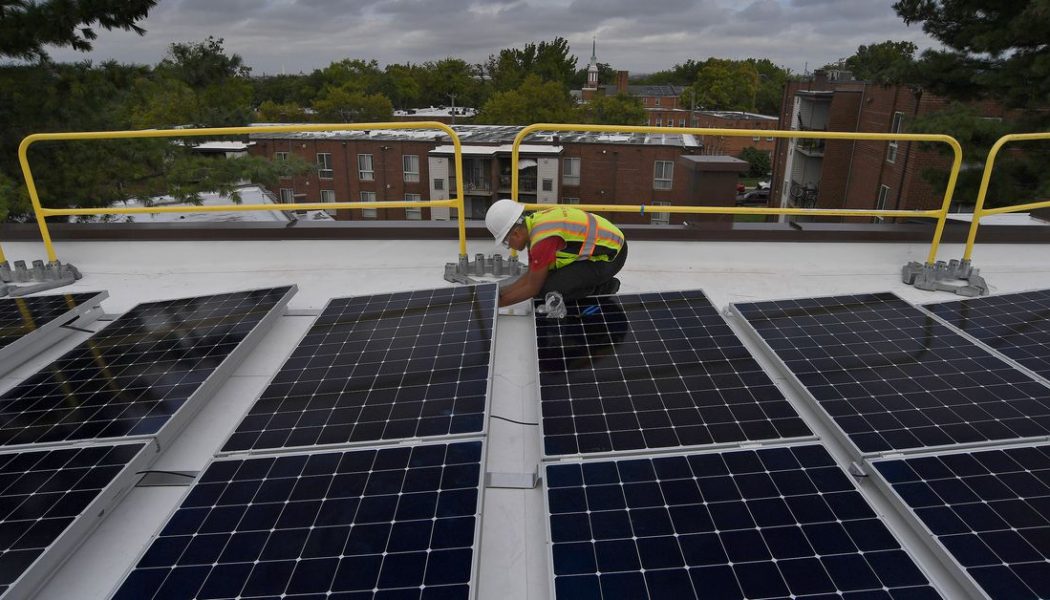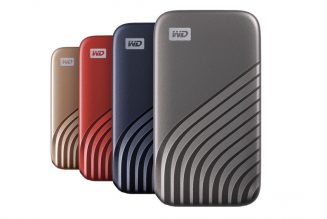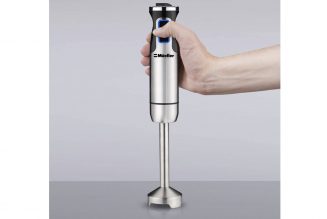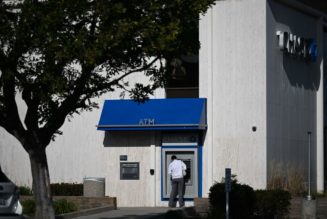
Three thousand Californian apartments will be linked up to solar panels and batteries — meaning they might never experience a power outage again, no matter what California’s utility companies do. The project, planned by German energy storage company Sonnen, will be spread across seven apartment complexes — the largest of its kind.
The connected set of solar panels and batteries form what’s called a “virtual power plant.” Besides making sure the whole community can run on backup solar power during blackouts, these VPPs also reduce strain on the grid — because VPPs store their energy on-site. What’s more, they can be tapped to provide energy during demand peaks.
“As I look out my window I can see [wildfire] smoke right now and I was warned about power outages last week,” says Ryan Hledik, principal at research consultancy Brattle Group who focus on distributed energy technologies and lives in California’s Bay Area. As fire seasons grow more intense and outages become more frequent, virtual power plants can offer California residents some reliability, he says.
The first apartment complex to be retrofitted will be 417-unit Heron Pointe in Fresno, a city in the heart of California’s agricultural region. Rent for a one-bedroom unit at Heron Pointe starts at $1,094 according to its website, which describes the complex as a “luxury,” “retreat style setting.” That cost falls in line with the average rent for a similar-sized apartment in Fresno — not exactly cheap, but not outrageously priced either. Fresno is still one of the most affordable cities to rent a home in California, and rent for a similar unit can be double that in Los Angeles or San Francisco.
Apartment-based VPPs make solar energy and storage more affordable for a lot of people, at least in theory. A renter wouldn’t have to buy a house and spend tens of thousands of dollars more to install their own solar panels. Instead, they would go through the same process of applying for and renting an apartment as they would with any other unit without solar panels. The solar energy comes along with the unit the way a refrigerator might.
“We wanted to prove that we could do this kind of clean energy, carbon-neutral, resilient community of decentralized batteries and solar in an average middle class, [or] low to middle income apartment community,” says Blake Richetta, chairman and CEO of Sonnen. “We are seeing this as an important new focus for us.”
For the California project, Sonnen is partnering with real estate developer Wasatch Group. The two companies previously worked together on a similar project in Utah. There, Sonnen and Wasatch partnered to build 600 brand new apartments with connected solar power and storage systems. Once completed, the new $130 million project in California will be able to store close to five times as much solar energy, 60 MWh, as the Utah endeavor.
Wasatch says the switch to solar will save its tenants roughly 10 percent on their electricity bills. In Sonnen and Wasatch’s projects, residents pay their landlords for electricity costs instead of a utility company, similar to housing where utilities are included in the cost of rent.
One in three households in the US struggles to pay electricity bills, so renewables have the potential to help a lot of low-income families by shrinking their bills. Solar-powered apartment buildings can bring renewable energy to people who otherwise wouldn’t be able to afford installation. But it would ultimately be up to landlords who install the systems to decide whether they pass energy savings onto their tenants or keep it for themselves.
Moving into apartment buildings is the natural next step for virtual power plants that have become more popular among single-family homes, according to Jeff Cook, Renewable Energy Policy and Market Analyst at National Renewable Energy Laboratory. (Cook’s lab is studying another one of Sonnen’s virtual power plant projects in Arizona) He expects more projects like it to be developed over the next several years.
Residential virtual power plants are still more popular in Germany, where Sonnen got its start, and in Australia, where there are less regulatory hoops for energy companies to jump through. Australia partnered with Tesla in 2018 to get its panels and Powerwall batteries to 1,100 public housing properties for free.
The US is catching up in the race to build more virtual power plants, according to Cook. “We’re right at the cutting edge,” Cook says. “[The US] is going to start having a lot more of these programs and rival those other countries going forward.”
Sonnen was acquired by Shell — yes, the fossil fuel company — in February 2019. In April of this year, Shell pledged to drastically cut greenhouse gas emissions from its operations and the products it sells by 2050.










